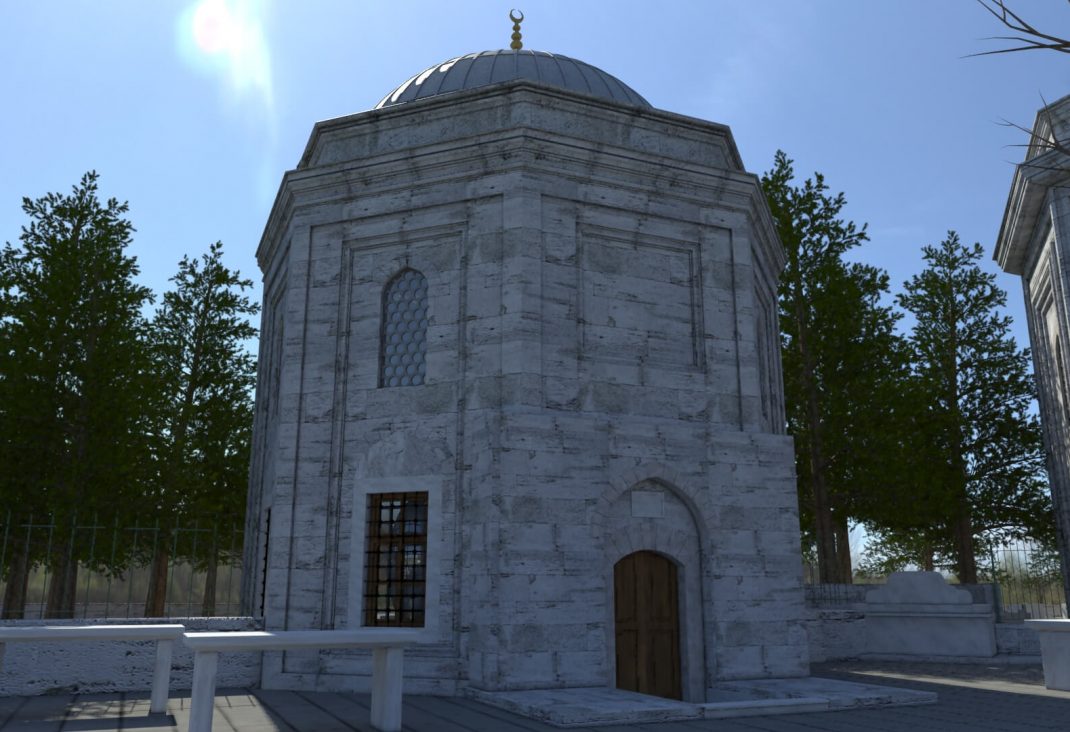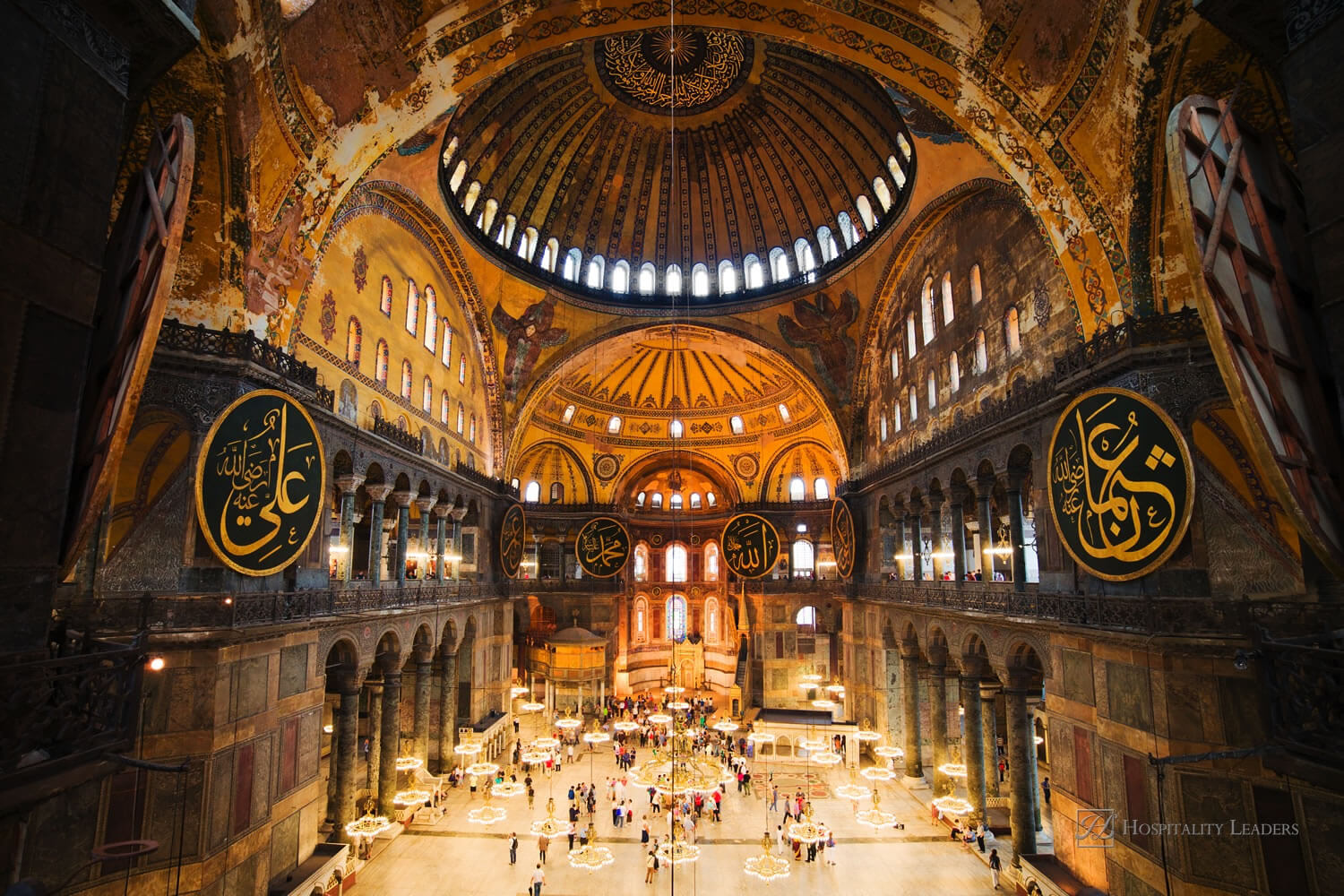THE ARRIVAL OF THE TURKS
Subsequently, the Turkmen tribes split off into a confederacy loosely based in the western steppes. The Selçuks belonged to one of the Oğuz Clans that had migrated westward in the 9th century.
Based near the Aral Sea, several clans of the Oğuz under the leadership of their chief, Selçuk, broke away from the confederacy and settled near the lower reaches of the Syr Darya River in Central Asia, where they gradually converted to Sunni Islam. Described by Armenian historians of the day as “long haired Turkmen armed with bow and lance on horses which flew like the wind,” they had, by the middle of the 11th century, amassed an empire stretching from Afghanistan to the borders of Fatimid Egypt. Aggressively expanding west, they were poised to deal the crumbling Byzantine empire a crushing blow.
Under the leadership of Selçuk’s grandson Tughril Beg (1038- 10G3), the Selçuk Turks crossed into today’s Iran, successfully invading Persian lands. At the behest of the embattled caliph of the Sunni Abbasid Caliphate in Baghdad, Tughril-Beg defeated the Shi’ite Buyid rulers in 1055. In gratitude, the Abbasid Caliph vested him with the Sultanate (“government;” “sultan” literally means “power”), it. was the Sultan’s duty to defend the umma (the Muslim community), eliminate schism and heresy, and cany on the jihad (struggle) against the nations who rejected God and his prophet Muhammed.
While the Great Selçuk Sultans established a state in Persia (today’s Iran), the crossing of the Oxus River opened the way for other unruly Turkmen tribes to threaten the borders of the Byzantine Empire. In 1.071, Alp Arslan crushed a Byzantine army near Van at the Battle of Manzikert, capturing the Christian Emperor and halving Byzantine possessions in Anatolia. The defeat was so disastrous that it was thereafter referred to by Byzantines as “that dreadful day.”
Meanwhile, the Anatolian Selçuks became increasingly independent from the Persian Selçuk Sultanate. In 1075, Süleyman, son of Alp Arslan, captured Nicaea from the Byzantines and renamed his new capital İznik. Within a decade, his Sultanate of Rum had seceded Anatolia was known to Selçuks as the “land of the Romans.”
More information about Hagia Sophia.
WE’RE ON A MISSION FROM GOD
Urged on by Pope Urban II, the First Crusade of Levant-bound French and Norman knights took İznik from the Selçuks in 1097, forcing them to re-establish their capital at Konya. Though the Crusaders had taken Antioch and Jerusalem by 1099, the Selçuks recovered it all by 1176. The Second Crusade in 1146 provoked the Turks to attack the Byzantine Empire; Constantinople lost the Balkan states just as they had lost Armenia a century before. Following the relatively minor Third Crusade, the Fourth Crusade of 1204 was an unmitigated disaster for the Byzantine Empire. At the behest of a rival for the Byzantine throne, and egged on by Constantinople’s trading rival Venice, Latin crusaders ignored Jerusalem and instead sacked the most glorious city in Christendom. The ruin of Constantinople has been described as among the greatest crimes in recorded history. The legacy was short, with Nicaean Greeks recapturing Constantinople from the Latin invaders and reestablishing the empire in 1261. In all, the Crusaders left. 100 castles scattered through Anatolia and took home Islamic medicine, philosophy, and science at the cost of hardened Muslim attitudes and skepticism at home regarding Papal authority.




Leave a Reply